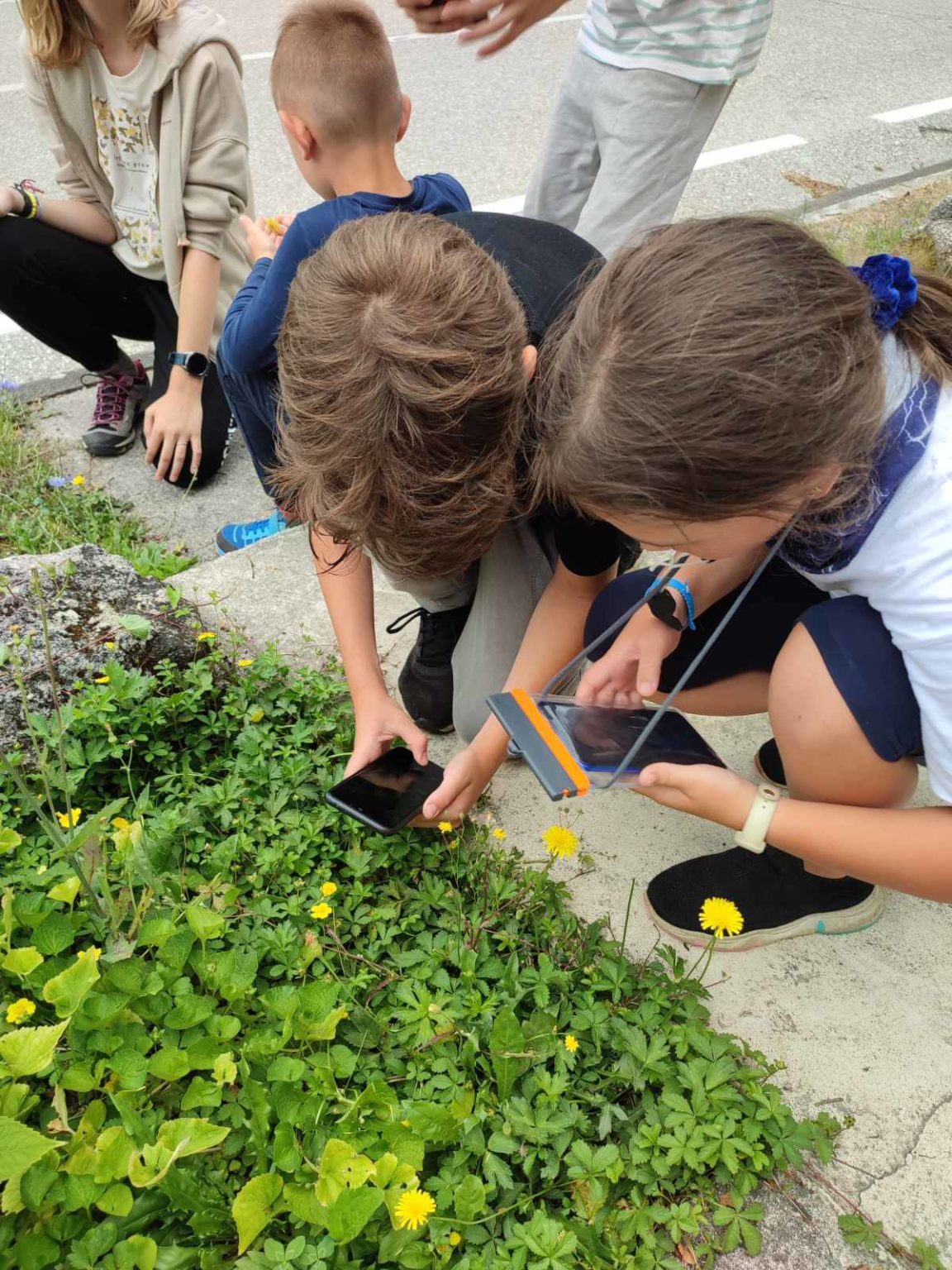How-to Guide on developing green skills

Our objective is to nurture European citizens who understand global environmental issues. We want them not just to recognize these challenges, but also understand how they can help solve these problems and actively work towards being more eco-friendly in their lives!
Before going on a trip, at a meeting at school or society, kindergarten, when the details of
the trip are agreed upon, the children should be introduced to the nature of the trip. It is
good for teachers/educators to briefly explain to them the goals and the result that is being
aimed for at individual points as the work unfolds.
The goal is for the children to take photos of the plants they find in their natural habitat with
their smartphones. It is very important for teachers to gain experience in when and to what
extent to intervene, without disturbing the independent work of children/students. In
principle, children should choose the recording objects (plants) themselves, but sometimes
the teacher will have to intervene because otherwise an important plant will be missing in
the herbarium.
Available to download in different languages
